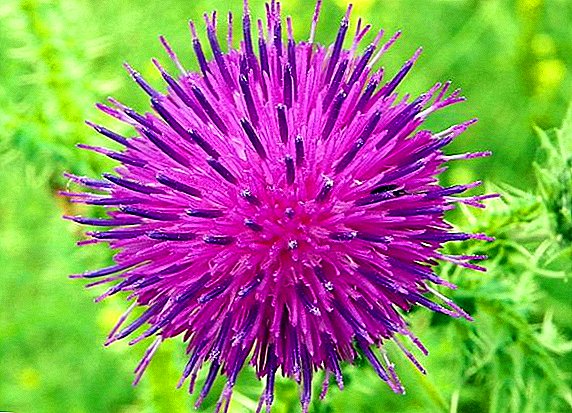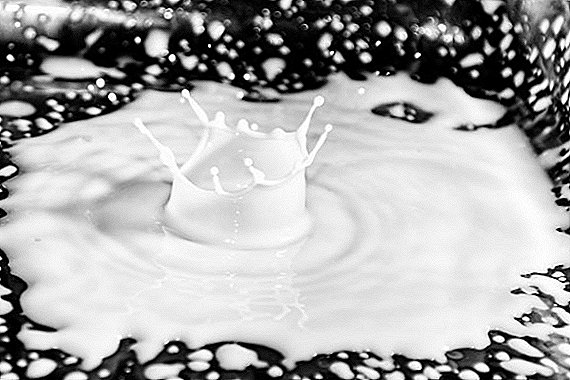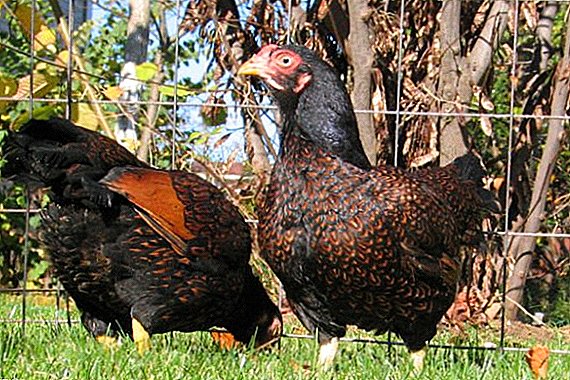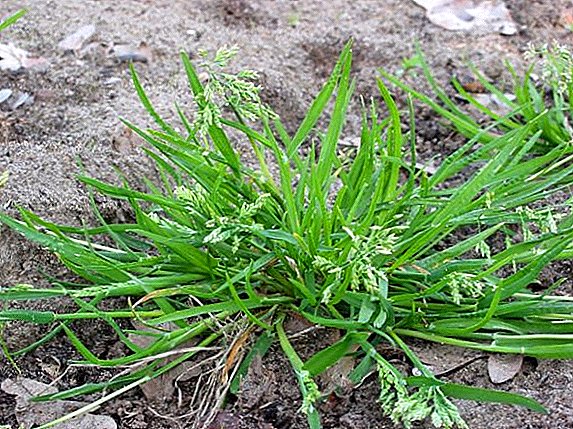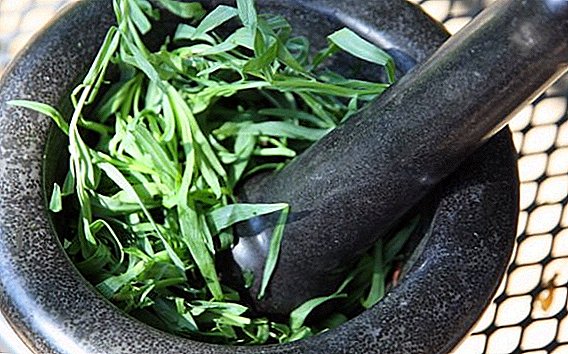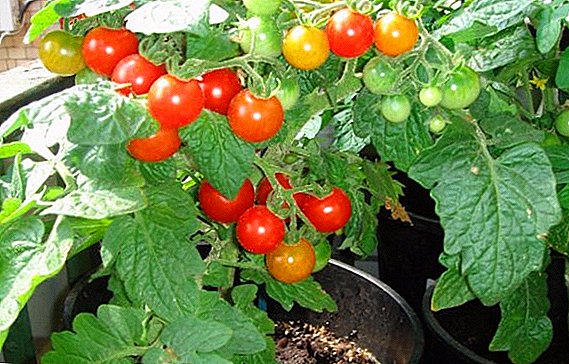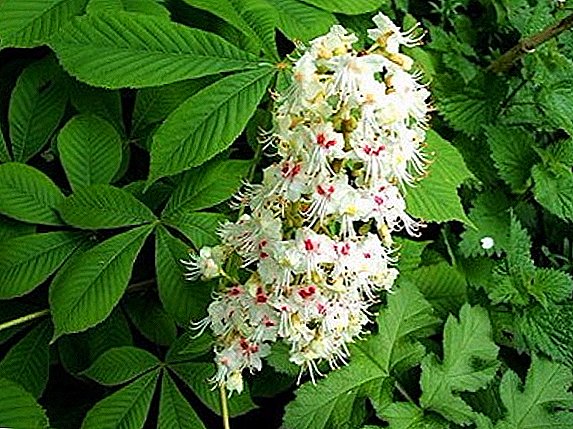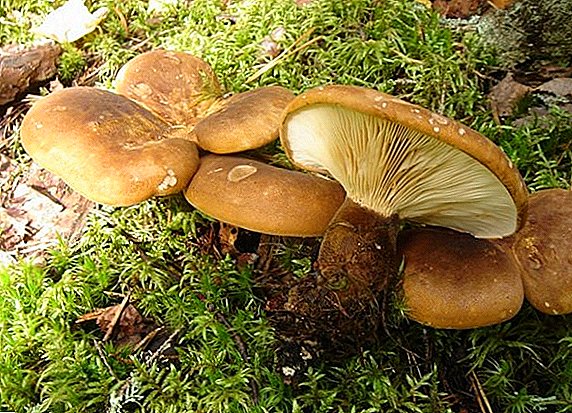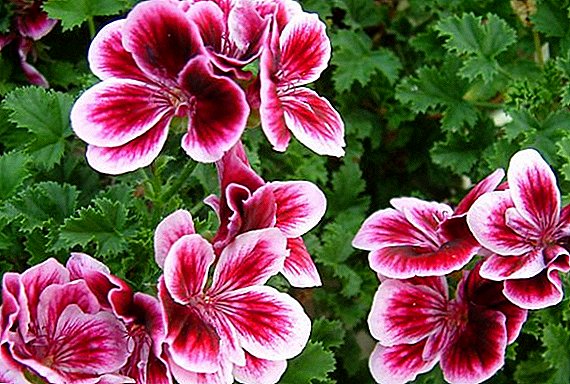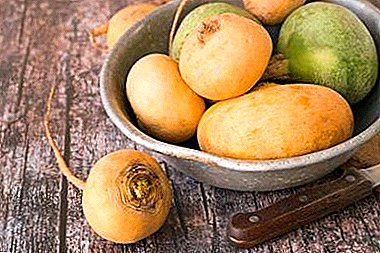
Humanity has been growing turnip and radish since the days of ancient civilizations. Root crops have gained their popularity with the help of unpretentiousness in cultivation, wide application in cooking, alternative medicine, cosmetology.
Let us examine in more detail what kind of plants they are, what exactly is their difference, and are they the same root crop or not?
This will be explained in this article. Also from this material you will learn how to grow these roots.
Definition and botanical description
Turnip - a plant of the genus Cabbage family Cabbage. May be one year old or two year old. Root fleshy, thickened, edible. Stem tall can be up to 140 cm, heavily leafed.
Rosette of lyre, stiff-haired, long-peeled basal leaves. The inflorescence at the beginning of flowering is corymbose, later takes the form of a brush. Fruit in the form of a pod with an elongated spout. Seeds are red-brown in color, spherical.
Radish is a plant of the Cabbage family.. Maybe one and two years. The stem can reach a height of 1 meter. Leaves lyrate, branched, large. The flowers are white, pink or purple in clusters of racemes. Fruit cylindrical cylindrical shape with brown round seeds. Cultivated species have thickened, edible roots.
Based on the botanical description, the similarities of both cultures are visible. Both plants of the Cabbage family are edible, fleshy root. But only at first glance cultures are similar, in fact they are very different.
What is the difference?
- The form. Turnip - most often flat, round or elongated root crop. Radish can also be round or elongated, but never flat.
- Colour. Turnips are mostly light yellow in color, there are varieties of white. Grades of turnip: white, garden, cocaba (Japanese). The radish is usually black, but some varieties may be white, and Daikon, the Margelansky radish is green.
- Taste. Those who have tasted these cultures will never confuse them. Turnip has a sweetish pulp, radish, on the contrary - spicy pepper, spicy taste. However, the taste depends on the variety. Daikon and Margelan radish do not taste bitter, have a delicate taste.
- Application. Both root vegetables are used in cooking. Radish is often cooked raw, not subjecting to heat treatment, in okroshka, various snacks and salads. Root before adding to the dish is ground on a grater. Turnip is most popular in baked, stewed, stewed and mashed potatoes.
Specially bred turnip variety Turnips are used for livestock feed. Radish for this purpose is never used.
Vegetables are widely used in alternative medicine. Radish is a source of bactericidal and anti-inflammatory properties, used to prevent diseases of the gastrointestinal tract, liver and kidneys, prevent the development of cholelithiasis, to prevent edema or atherosclerosis. Turnip on the contrary is contraindicated for people with diseases of the digestive system and in chronic diseases of the liver and kidneys.
 Radish is contraindicated in pregnant women, as it can increase the tone of the uterus and cause miscarriage. Turnips on the contrary, to use women in the position can and should be.
Radish is contraindicated in pregnant women, as it can increase the tone of the uterus and cause miscarriage. Turnips on the contrary, to use women in the position can and should be.
Turnip - a real storehouse of useful elements. It contains a lot of calcium, has anti-inflammatory, analgesic, diuretic, antiseptic effects. Root crop is used for colds, causing cough and hoarseness. Turnip strengthens the immune system, as it contains many vitamins and minerals. Enough to eat 200 grams of turnips per day to get the rate of vitamins per day. The concentration of vitamin C turnip exceeds citrus fruits by half. Also turnip is a natural antioxidant.
How to grow these roots?
Turnips are planted in late April, early May, as the snow melts. She is not afraid of frost, loves the sun and a lot of water. The main care is thinning and regular watering. Seeds for the second crop are planted in July.
Early summer varieties of radish are also sown in early May, and winter varieties in early July. Radish unpretentious, it is enough to water and weed. Early varieties are removed when the radish is about 5 cm in diameter, it should not be kept in the ground, it can lose its taste. Late varieties are harvested in September, before the first frost.
It is impossible to grow turnip and radish in the garden, where other cruciferous plants grew before.
The growing process depends on the root variety.. Radish Daikon, for example, is a heat-loving plant, the best time to plant is mid-July. It can reach a weight of up to 5 kg and a length of up to 60 cm. Therefore, the distance between the seedlings should be at least 40 cm.
The variety of Margelansky radish is also better to sow in early July, since in May mass formation of peduncles is possible.
Thus, we see that cultures have much in common, but there are also fundamental differences that do not allow confusing them with each other. It is best to try each root vegetable to taste and choose the source of the most valuable nutrients.


